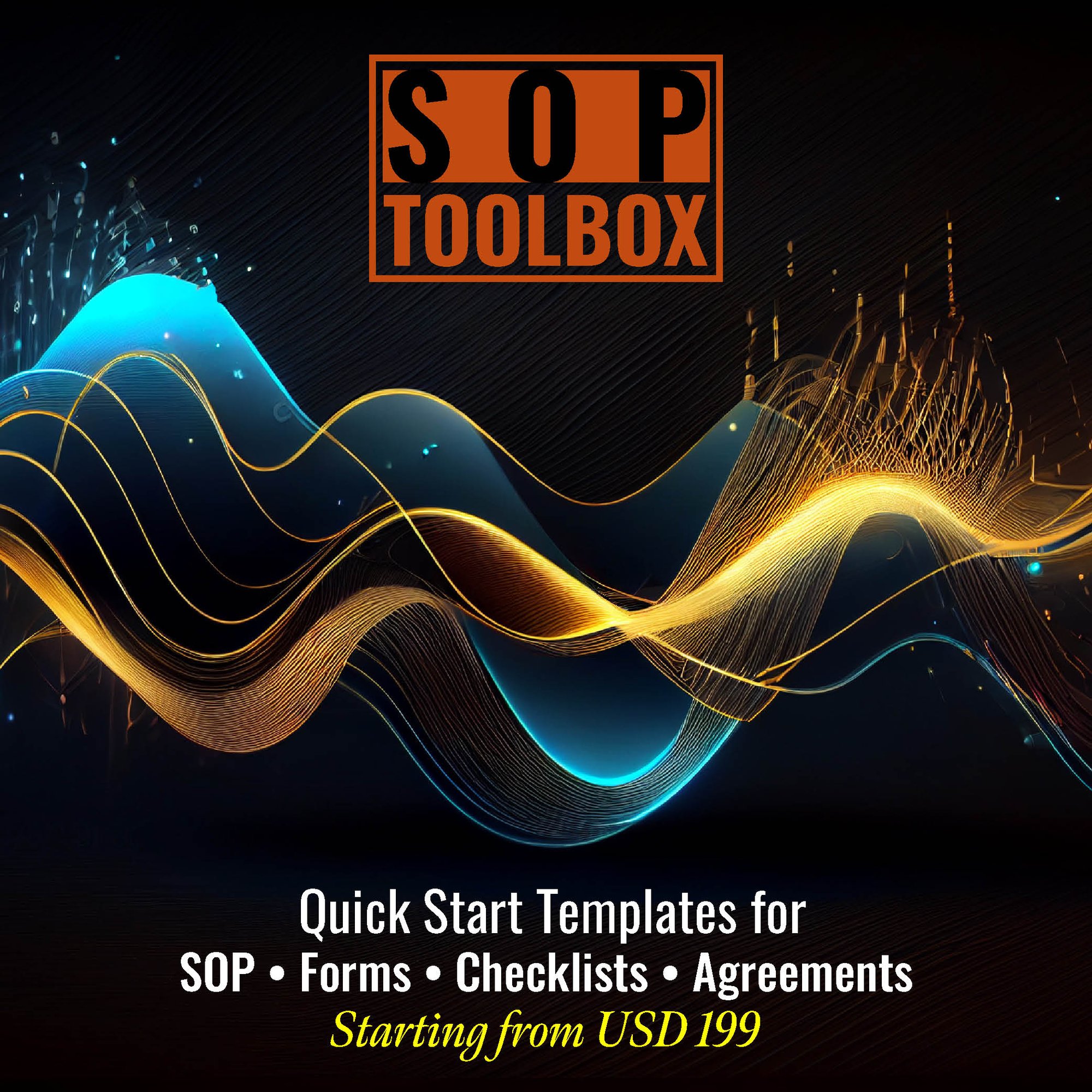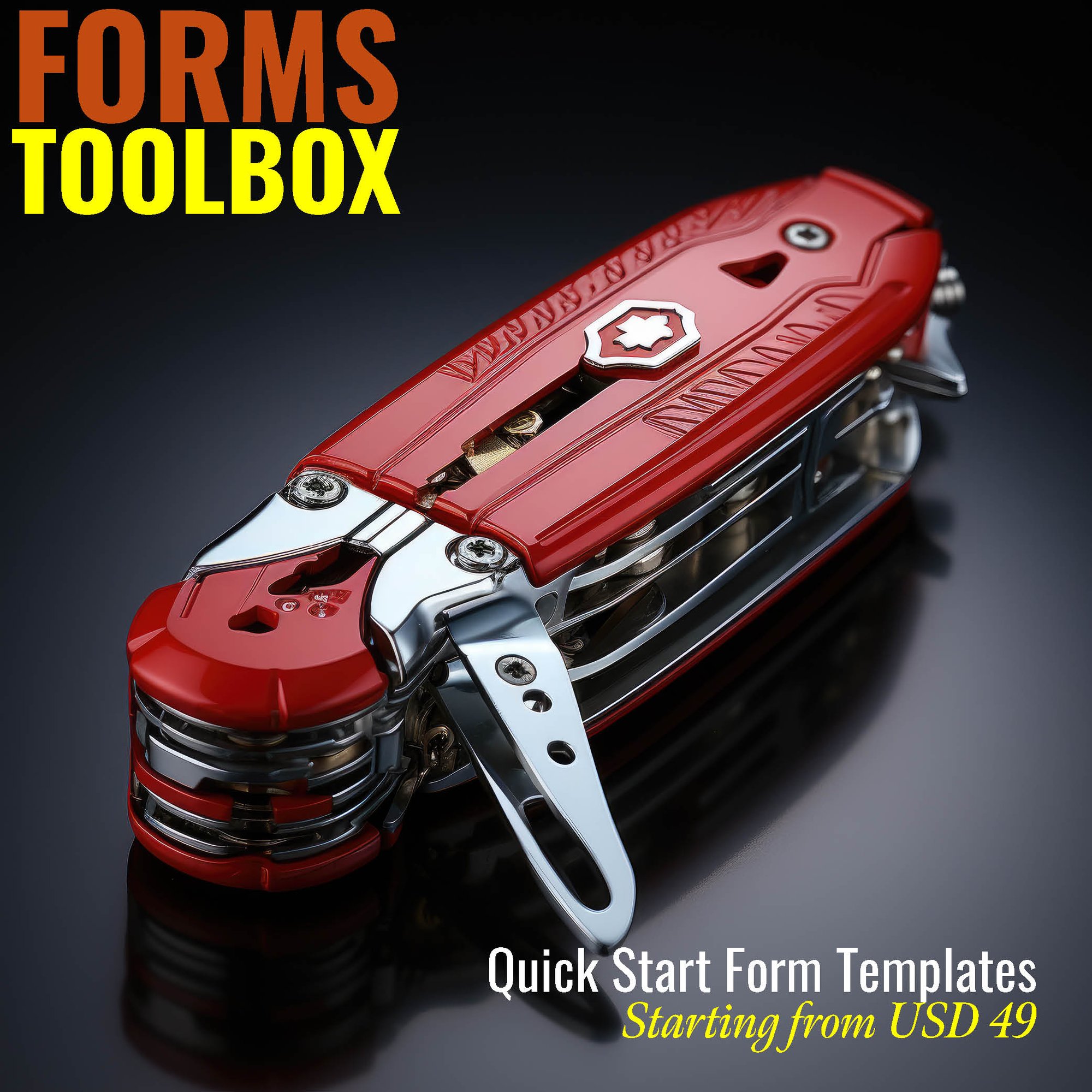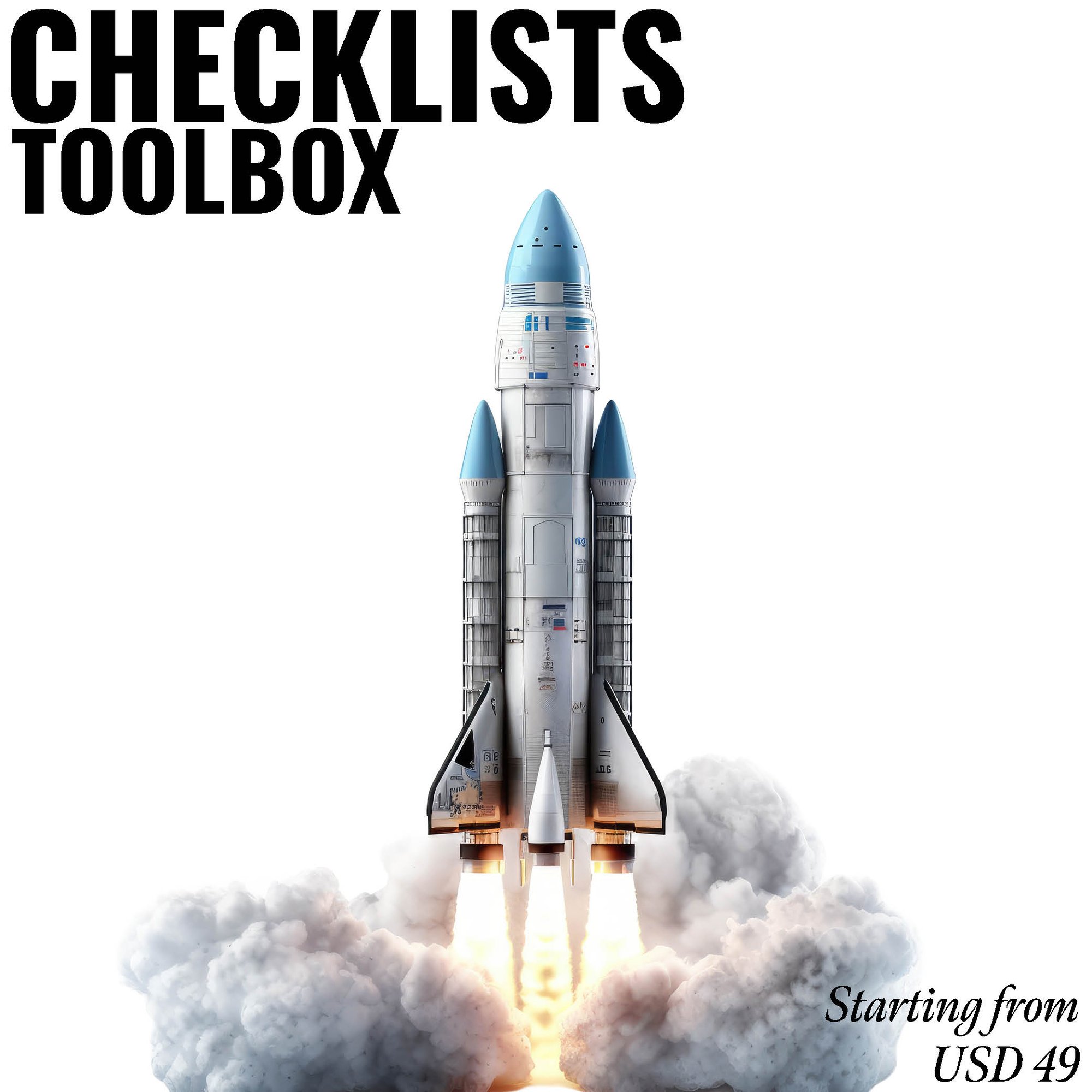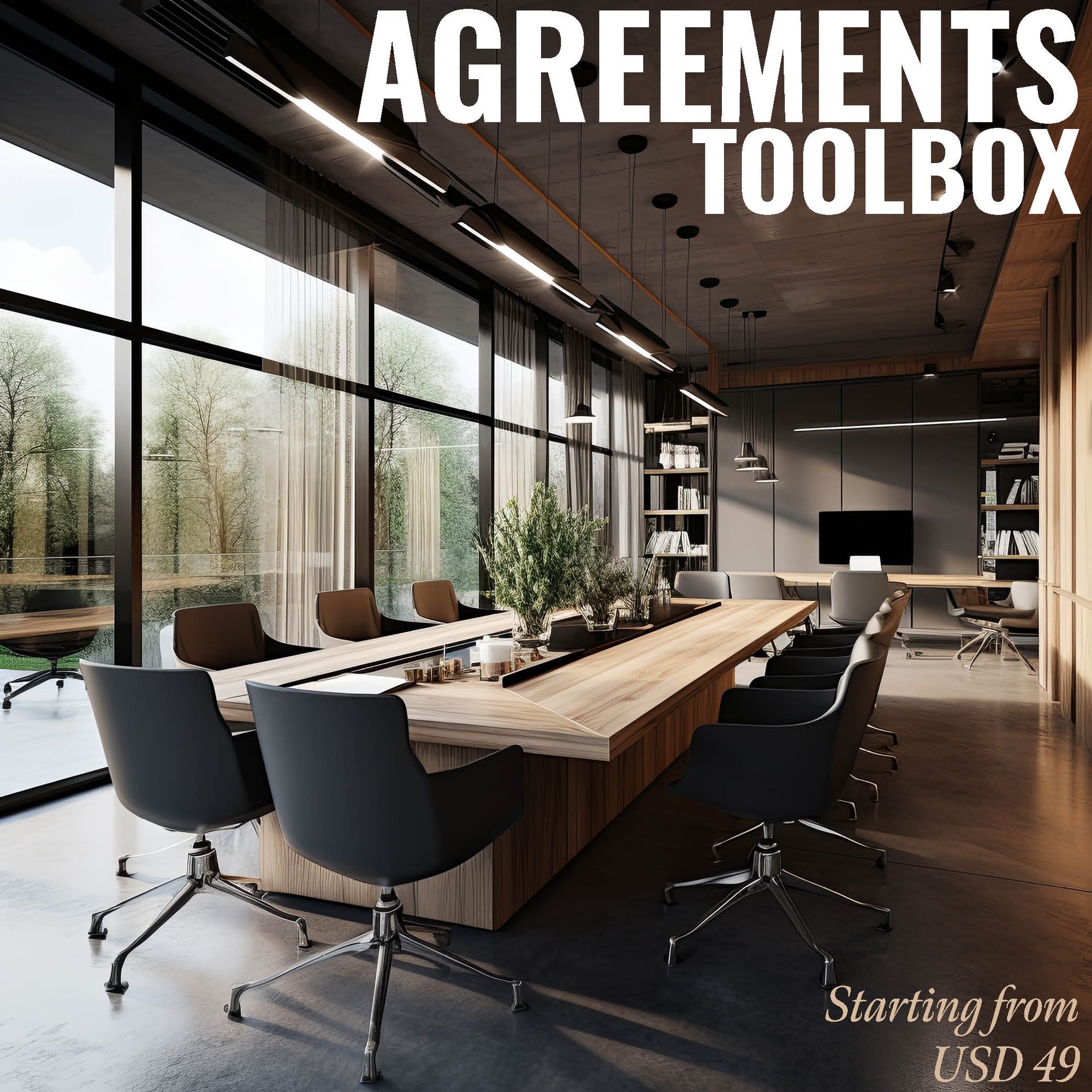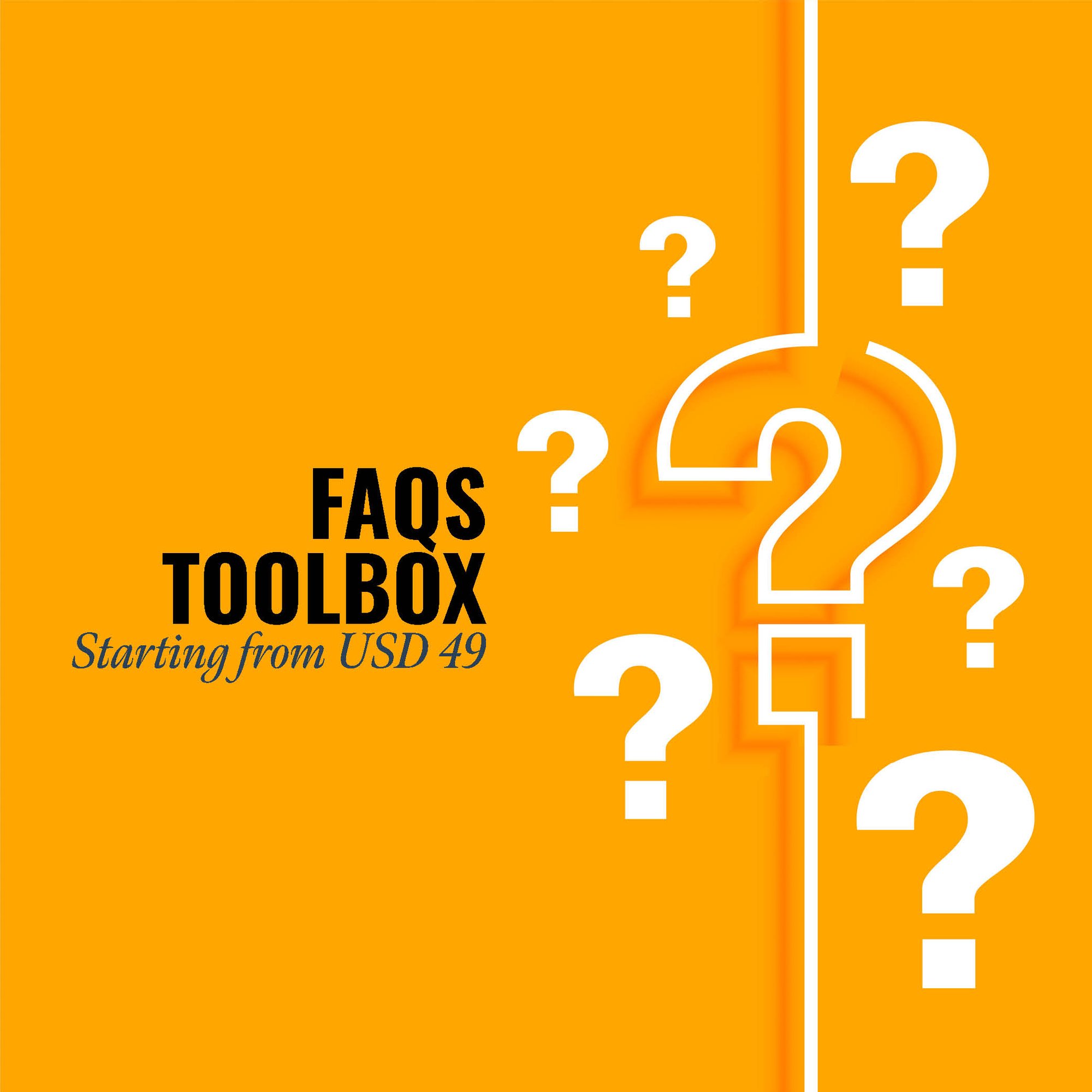This SOP article delivers a brief report on“Port and Harbor Operations”.This industry primarily involved in providing / offering various services to passengers and international, national, or civil marine ships, or publicships. Increasing human population, emerging economic conditions in developing nation, globalization, rising growth in marine industry, and increasing demand in alternative transport systems, these are the major facts that influence the growth of global port and harbor operations industry market. Owing to wide range of geographical area and emerging economic conditions, Asia-Pacific region especially China dominate the global port and harbor operations industry market in terms of ship traffic and revenue generation. Based on the type of harbor, the industry is classified into different types such as Inland port, fishing port, dry port, warm water port and seaport. This industry generates revenue through rental fee form marine companies and retail & other sales services to the passengers. Whereas, mostly half percent of revenue are generated from rental fee from marine companies. Frequent change in weather conditions, economic slowdown, availability of alternative transport systems, pandemic issues, and other external affairs, these are considered as the major threats which may led to restrict the growth of global port and harbor operations industry market. According to the market report and future trend, the global port and harbor operations industry market is projected to witness a massive growth in upcoming forecast period.
CLICK HERE to download the List of SOPs Document in PDF format. Please share this document with your clients, colleagues and senior officers.
Top 50 Standard Operating Procedures (SOPs) for Port and Harbour Operations
SOP-540-001: Standard Operating Procedure for Port and Harbour Operations Planning
SOP-540-002: Standard Operating Procedure for Vessel Traffic Management
SOP-540-003: Standard Operating Procedure for Harbor Security Protocols
SOP-540-004: Standard Operating Procedure for Berth Allocation
SOP-540-005: Standard Operating Procedure for Cargo Handling and Stowage
SOP-540-006: Standard Operating Procedure for Container Terminal Operations
SOP-540-007: Standard Operating Procedure for Bulk Cargo Handling
SOP-540-008: Standard Operating Procedure for Hazardous Materials Handling
SOP-540-009: Standard Operating Procedure for Reefer Container Handling
SOP-540-010: Standard Operating Procedure for Ro-Ro (Roll-on/Roll-off) Operations

SOP-540-011: Standard Operating Procedure for Port Equipment Maintenance
SOP-540-012: Standard Operating Procedure for Dredging and Channel Maintenance
SOP-540-013: Standard Operating Procedure for Emergency Response in Ports
SOP-540-014: Standard Operating Procedure for Port Safety Inspections
SOP-540-015: Standard Operating Procedure for Port Environmental Management
SOP-540-016: Standard Operating Procedure for Waste Management in Ports
SOP-540-017: Standard Operating Procedure for Port Security Drills
SOP-540-018: Standard Operating Procedure for Customs and Border Control
SOP-540-019: Standard Operating Procedure for Immigration Procedures
SOP-540-020: Standard Operating Procedure for Pilotage Services
SOP-540-021: Standard Operating Procedure for Tugboat Assistance
SOP-540-022: Standard Operating Procedure for Navigation and Channel Marking
SOP-540-023: Standard Operating Procedure for Port Information Systems
SOP-540-024: Standard Operating Procedure for Port Communication Protocols
SOP-540-025: Standard Operating Procedure for Harbor Master Duties
SOP-540-026: Standard Operating Procedure for Port Security Surveillance
SOP-540-027: Standard Operating Procedure for Incident Reporting and Investigation
SOP-540-028: Standard Operating Procedure for Port Community System
SOP-540-029: Standard Operating Procedure for Shore Power Utilization
SOP-540-030: Standard Operating Procedure for Port Maintenance Docks

SOP-540-031: Standard Operating Procedure for Port Access Control
SOP-540-032: Standard Operating Procedure for Port Lighting and Beacons
SOP-540-033: Standard Operating Procedure for Oil Spill Response
SOP-540-034: Standard Operating Procedure for Port Health and Sanitation
SOP-540-035: Standard Operating Procedure for Port Fire Safety
SOP-540-036: Standard Operating Procedure for Port Crane Operations
SOP-540-037: Standard Operating Procedure for Seafarer Services
SOP-540-038: Standard Operating Procedure for Port Community Engagement
SOP-540-039: Standard Operating Procedure for Port Tariff Management
SOP-540-040: Standard Operating Procedure for Port Expansion Projects
SOP-540-042: Standard Operating Procedure for Port Facilities Inspection
SOP-540-043: Standard Operating Procedure for Port Emergency Evacuation
SOP-540-044: Standard Operating Procedure for Port Weather Monitoring
SOP-540-045: Standard Operating Procedure for Port Fleet Management
SOP-540-046: Standard Operating Procedure for Port Training Programs
SOP-540-047: Standard Operating Procedure for Port Information Sharing
SOP-540-048: Standard Operating Procedure for Port Automation Systems
SOP-540-049: Standard Operating Procedure for Port Entrance Procedures
SOP-540-050: Standard Operating Procedure for Port Channel Depth Management
.jpg?width=645&height=337&name=Standard%20Operating%20Procedure%20-%20SOP%20ToolBox%20(1).jpg)
SOP ToolBox: If you are reading these lines, I am sure you are looking for Standard Operating Procedure guidelines or SOPs itself. In both the cases, searching in internet will not be yielding any great help. Because no company shares their SOP Development Process and certainly don’t share their SOP Documents. The best way to develop an SOP is creating one for yourself. At Fhyzics, we write SOPs day-in and day-out for companies across the globe including some of the Fortune 500 organisations. Our charge ranges from USD 5000 to USD 50000 depending upon the number of processes to be covered. Certainly, this is not affordable to small and mid-size organisations. Hence, we decided to create this SOP ToolBox to disseminate our 8-Step SOP Development Life-Cycle and best practices at an unbelievably low price.
I always say, writing an SOP is somewhere between art and science. So far you may be clueless on where to start and how to progress on an SOP? This will not be the case after you diligently go through this SOP ToolBox. We have summarised all our secrets here to get you started and to deliver a stunning SOP to your management.
Industry’s Subsector:
- Canal maintenance services
- Canal operation
- Docking facility operations
- Harbor maintenance services
- Harbor operation
- Lighthouse operation
- Maintenance services, waterfront terminal
- Port facility operation
- Seaway operation
- Waterfront terminal operation
- Wharf operation
- Air Conditioning Maintenance
- Auto Salvage
- Ballast Water Management
- Bilge Waste Management
- Boiler Maintenance
- Cargo Loading & Off-Loading
- Chemical Storage & Handling
- Construction Activities
- Container Terminal
- Dredging
- Dredged Material Disposal
- Dry Bulk Storage
- Equipment Cleaning
- Dry Dock
- Fish Pier
- Foundry / Blacksmith
- Fueling
- Fumigation Practices
- Greenfields
- Import / Export
- Machine Shop
- Marinas
- Painting & Paint Removal
- Trash / Solid Waste
- Warehouse
- Storage racks
- Cutting tables
- Spreading machines
- Cutting machines
- Scissors
- Other cutting equipment
- Sewing machines
- Paint spraying machines
- Paint pumps
- Spraying machines
- Shipyard guns
- Simultaneous spraying machines
- Other spraying equipment
- Dispensing machines
- Shipyard compressors
- Vacuum pumps
- Vacuum systems
- Other injection and gluing equipment
- Shipyard sanders
- Shipyard grinders
- Shipyard polishers
- Shipyard scalers
- High-pressure cleaners
- Shipyard sandblasting machines
- Sandblasting cabinets
- Dust extractors
- Other sanding, grinding and cleaning equipment
- Shipyard bending machines
- Machining centers
- Measuring devices
- Other tools and machines
- Design software
- Calculation software
- Other shipyard software
- Shelters
- Shipyard cranes
- Shipyard trailers
- Other shipyard handling equipment
- Cradles
- International Organization for Standardization|ISO-47- https://www.iso.org/ics/47/x/#:~:text=ISO%20%2D%2047%20%2D%20Shipbuilding%20and%20marine%20structures
- International Organization for Standardization| ISO/TC 8- https://www.iso.org/committee/45776/x/catalogue/
- International Organization for Standardization| ISO 47.020.99- https://www.iso.org/ics/47.020.99/x/
- International Organization for Standardization| ISO 15849:2001(en)- https://www.iso.org/obp/ui/#iso:std:iso:15849:ed-1:v1:en
- International Organization for Standardization| ISO 13174:2012- https://www.iso.org/standard/53660.html
- International Organization for Standardization| ISO 18215:2015- https://www.iso.org/standard/61775.html
- International Association of Ports and Harbors- https://www.iaphworldports.org/
- International Ship Suppliers Association- https://shipsupply.org/
- Port of Shanghai- China
- Port of Singapore- Pasir Panjang, Singapore
- Port of Shenzhen-Shenzhen, Guangdong
- Port of Ningbo-Zhoushan-Ningbo & Zhoushan, Zhejiang
- Port of Guangzhou- China
- Port of Busan-South Korea
- Port of Hong Kong-Hong Kong
- Port of Qingdao-China
- Port of Tianjin-China
- Port of Jebel Ali-UAE
- Maritime Magazines- https://magazines.marinelink.com/
- Dry dock Magazine| Shipyard Magazine- https://www.drydockmagazine.com/
- Shipbuilding News| The Maritime Executive- https://www.maritime-executive.com/shipbuilding-news
- Inside Marine Magazine- https://insidemarine.com/
- Maritime Journal- https://www.maritimejournal.com/
- Harbour Magazine- https://www.magazineharbour.com/
- Port, Harbour & Marine Construction| Maritime Journal- https://www.maritimejournal.com/news101/marine-civils/port,-harbour-and-marine-construction
Our SOP Templates’ clients are from the following States and Countries:
Alabama, Alaska, Arizona, Arkansas, California, Colorado, Connecticut, Delaware, Florida, Georgia, Hawaii, Idaho, Illinois, Indiana, Iowa, Kansas, Kentucky, Louisiana, Maine, Maryland, Massachusetts, Michigan, Minnesota, Mississippi, Missouri, Montana, Nebraska, Nevada, New Hampshire, New Jersey, New Mexico, New York, North Carolina, North Dakota, Ohio, Oklahoma, Oregon, Pennsylvania, Rhode Island, South Carolina, South Dakota, Tennessee, Texas, Utah, Vermont, Virginia, Washington, West Virginia, Wisconsin, Wyoming.
Afghanistan, Albania, Algeria, Andorra, Angola, Antigua and Barbuda, Argentina, Armenia, Australia, Austria, Azerbaijan, Bahamas, Bahrain, Bangladesh, Barbados, Belarus, Belgium, Belize, Benin, Bhutan, Bolivia, Bosnia and Herzegovina, Botswana, Brazil, Brunei Darussalam, Bulgaria, Burkina Faso, Burundi, Cabo Verde, Cambodia, Cameroon, Canada, Central African Republic, Chad, Chile, China, Colombia, Comoros, Congo (Republic of the), Costa Rica, Croatia, Cuba, Cyprus, Czech Republic (Czechia), Democratic People’s Republic of Korea (North Korea), Democratic Republic of the Congo, Denmark, Djibouti, Dominica, Dominican Republic, Ecuador, Egypt, El Salvador, Equatorial Guinea, Eritrea, Estonia, Eswatini, Ethiopia, Fiji, Finland, France, Gabon, Gambia, Georgia, Germany, Ghana, Greece, Grenada, Guatemala, Guinea, Guinea-Bissau, Guyana, Haiti, Honduras, Hungary, Iceland, India, Indonesia, Iran, Iraq, Ireland, Israel, Italy, Jamaica, Japan, Jordan, Kazakhstan,Kenya, Kiribati, Kuwait, Kyrgyzstan, Lao People’s Democratic Republic (Laos), Latvia, Lebanon, Lesotho, Liberia, Libya, Liechtenstein, Lithuania, Luxembourg, Madagascar, Malawi, Malaysia, Maldives, Mali, Malta, Marshall Islands, Mauritania, Mauritius, Mexico, Micronesia (Federated States of), Moldova, Monaco, Mongolia, Montenegro, Morocco, Mozambique, Myanmar (Burma), Namibia, Nauru, Nepal, Netherlands, New Zealand, Nicaragua, Niger, Nigeria, North Macedonia (formerly Macedonia), Norway, Oman, Pakistan, Palau, Panama, Papua New Guinea, Paraguay, Peru, Philippines, Poland, Portugal, Qatar, Republic of Korea (South Korea), Republic of the Congo, Romania, Russian Federation (Russia), Rwanda, Saint Kitts and Nevis, Saint Lucia, Saint Vincent and the Grenadines, Samoa, San Marino, Sao Tome and Principe, Saudi Arabia, Senegal, Serbia, Seychelles, Sierra Leone, Singapore, Slovakia, Slovenia, Solomon Islands, Somalia, South Africa, South Sudan, Spain, Sri Lanka, Sudan, Suriname, Sweden, Switzerland, Syrian Arab Republic (Syria), Tajikistan, Thailand, Timor-Leste, Togo, Tonga, Trinidad and Tobago, Tunisia, Turkey, Turkmenistan, Tuvalu, Uganda, Ukraine, United Arab Emirates, United Kingdom of Great Britain and Northern Ireland, United Republic of Tanzania, United States of America, Uruguay, Uzbekistan, Vanuatu, Venezuela, Viet Nam, Yemen, Zambia, Zimbabwe.
Fhyzics supports organisations in developing the following documentations:
Standard Operating Procedures (SOPs), Work Instructions, Policies and Procedures, Process Flow Diagrams, Job Descriptions, Training Manuals, Employee Handbooks, Compliance Guidelines, Quality Assurance Manuals, Health and Safety Procedures, Risk Management Plans, Business Continuity Plans, Internal Audit Procedures, Incident Reporting Forms, Performance Management Guidelines, Change Management Procedures, Vendor Management Guidelines, Customer Service Protocols, IT Security Policies, IT Support Documentation, Disaster Recovery Plans, Operational Checklists, Data Management Policies, Confidentiality Agreements, Non-Disclosure Agreements, Employee Onboarding Procedures, Employee Exit Procedures, Performance Appraisal Forms, Employee Code of Conduct, Conflict Resolution Procedures, Product Development SOPs, Supply Chain Management Guidelines, Procurement Guidelines, Inventory Management SOPs, Shipping and Receiving Procedures, Production Scheduling SOPs, Maintenance Procedures, Equipment Calibration Documents, Environmental Compliance Documentation, Sustainability Policies, Customer Feedback Forms, Marketing Strategies, Advertising Guidelines, Brand Management Guidelines, Product Packaging SOPs, Laboratory Testing Procedures, Regulatory Compliance Documentation, Tax and Accounting Procedures, Contract Management Procedures, Legal Compliance Guidelines, Financial Reporting Procedures, Budgeting Procedures, Internal Control Procedures, Fraud Prevention Policies, Asset Management Guidelines, Purchase Order Procedures, Sales and Distribution Guidelines, Client Contracts, Customer Return Policies, Internal Communication Protocols, Vendor Evaluation Forms, Product Safety Standards, Workplace Health and Safety Standards, Public Relations Procedures, Social Media Management Guidelines, Crisis Management Plans, Employee Grievance Procedures, Privacy and Data Protection Policies, Digital Transformation Guidelines, Innovation Management Procedures, Continuous Improvement Guidelines, Strategic Planning Documents, Corporate Social Responsibility (CSR) Guidelines, Audit Trails and Records, Employee Training and Development Records, Succession Planning Documents, Talent Acquisition Procedures, Team Collaboration Protocols, Employee Benefit Plans, Workplace Diversity Guidelines, Time and Attendance Tracking, Payroll Procedures, Employee Leave Policies, Conflict of Interest Policy, Emergency Response Procedures, Environmental Impact Assessment Procedures, Transportation and Logistics Procedures, Inventory Control Forms, Warehouse Management Guidelines, Product Lifecycle Management SOPs, Customer Satisfaction Surveys, Third-Party Risk Assessment Guidelines, Technology Adoption Policies, Software Licensing Guidelines, Security Incident Response Procedures, Supply Chain Risk Management Policies, Product Recall Procedures, Food Safety Guidelines, Employee Wellness Programs, Workplace Ergonomics Guidelines.







